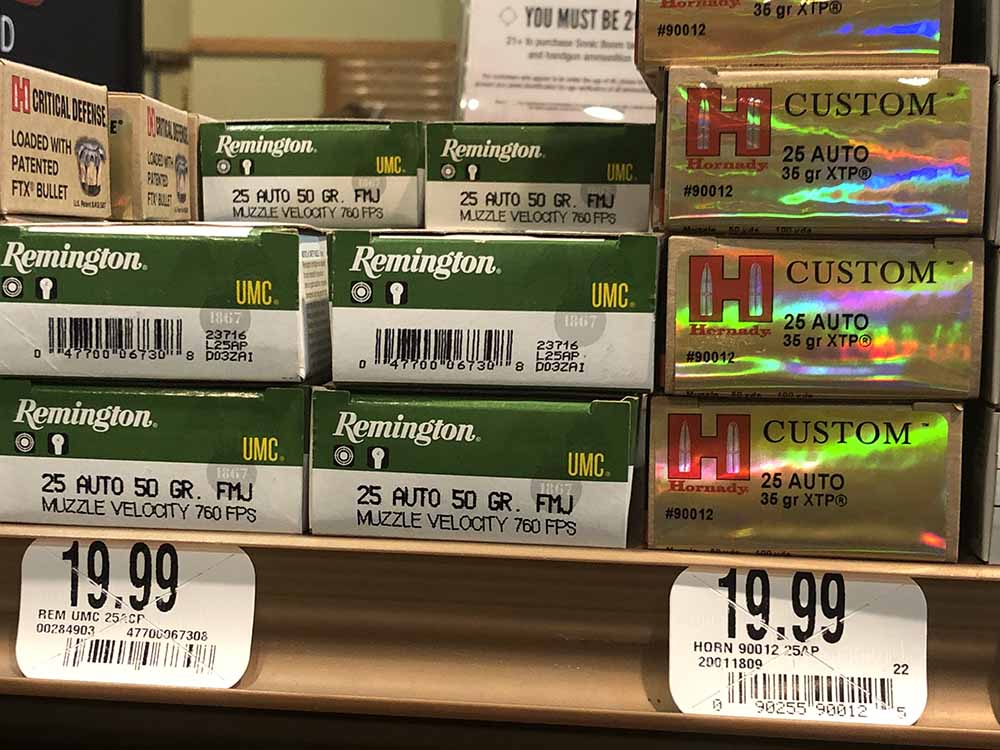Introduction
Politics aside, there’s a certain allure to owning a gun. For some, it’s the feel of the grip in their hand. For others, it’s the sense of empowerment and protection that comes with carrying a weapon. Whatever the reason, if you own a gun, it’s important to know how to store your ammo properly.
There are a lot of myths out there about the best way to store ammunition, and it’s easy to make mistakes if you don’t know what you’re doing. In this article, we’ll show you how to avoid some common amateur mistakes when storing your ammo so that you can be sure your guns are always ready to go when you need them.

The Different Types of Ammo Storage
When it comes to storing your ammunition, there are a few different options available to you. The first thing you need to consider is what type of firearm you will be using the ammunition for. The three most common types of firearms are handguns, rifles, and shotguns. Handguns are typically much small than rifles and shotguns and can be stored in a variety of ways. Rifles and shotguns are larger firearms that require more space for storage.
The next thing you need to consider is the environment in which you will be storing your ammunition. Ammunition should be stored in a cool, dry place away from any potential sources of ignition. If possible, store your ammunition in a locked cabinet or safe to prevent unauthorized access.
The three most common types of ammo storage are loose ammo storage, magazine storage, and speedloader storage.
Loose ammo storage is the simplest and most common type of ammo storage. Loose ammo is simply ammo that is not contained in any type of container or packaging. It is important to keep loose ammo sorted by caliber or gauge to prevent mixing different types of ammunition together. Loose ammo should be stored in a cool, dry place away from any potential sources of ignition.
Magazine storage is another option for storing ammunition. Magazines are containers that hold rounds of ammunition together in a single unit. Magazines can be constructed from a variety of materials including plastic, metal, or composite materials. Magazine storage is a good option for those who want to store their ammunition in a more organized manner. Magazines should be stored in a cool, dry place away from any potential sources of ignition.
Speedloader storage is the third option for storing ammunition. Speedloaders are devices that allow you to load rounds of ammunition into a magazine quickly and easily. Speedloaders are typically constructed from plastic or metal and can hold anywhere from four to sixteen rounds of ammunition at one time. Speedloader storage is a good option for those who want to be able to load their magazines quickly and easily. Speedloaders should be stored in a cool, dry place away from any potential sources of ignition
The Five Most Common Ammo Storage Mistakes

As any experienced shooter knows, ammunition must be stored properly if it is to remain in good condition and be ready for use when needed. Unfortunately, many Amateur shooters make one or more of the following five common mistakes when storing their ammo:
1) Storing Ammunition in a Hot Environment
Ammunition should be stored in a cool, dry environment to prevent deterioration and maximum shelf life. Avoid storing ammo in direct sunlight or near a heat source such as a radiator or furnace.
2) Not Using an Airtight Container
Airtight containers are essential for proper ammo storage. Containers that are not airtight can allow moisture to enter and cause rusting and corrosion.
3) Storing Ammo in the Original Boxes
Many shooters make the mistake of thinking that the original boxes their ammunition came in are adequate for storage purposes. However, these boxes are often not airtight and do not provide adequate protection from the elements. It is best to store ammo in purpose-built airtight containers.
4) Not Labeling Containers Properly
It is important to label all containers containing ammunition clearly and legibly. This will help ensure that the correct ammunition is used for the intended purpose and avoid any confusion later on.
5) Not Inspecting Ammo Regularly
It is important to inspect stored ammunition regularly to ensure that it has not been damaged or otherwise compromised. Any damaged or suspect rounds should be discarded and replaced with fresh ammunition.
How to Properly Store Ammo

Storing your ammunition properly is important for a number of reasons. First, it will help to ensure that your ammo is always ready to use when you need it. Second, proper storage can help to extend the life of your ammo and keep it in good condition. Finally, storing your ammo correctly can help to prevent accidental discharge and injuries.
There are a few things that you should keep in mind when storing your ammunition:
-Ammo should be stored in a dry, cool place.
-Ammo should be stored in a sealed container.
-Ammo should be stored away from any magnetic fields.
-Ammo should not be stored near any heat source.
By following these simple guidelines, you can help to ensure that your ammo is always in good condition and ready to use.
Conclusion
In conclusion, there are a few key things to remember when storing ammo:
-Ammunition should be stored in a dry, cool place
-Excessively hot or cold temperatures can damage ammo
-Ammunition should be stored away from any source of sparks or heat
-Keep ammo in its original container or in a specially designed ammo can
By following these simple guidelines, you can be sure that your ammunition will be ready to use when you need it.
